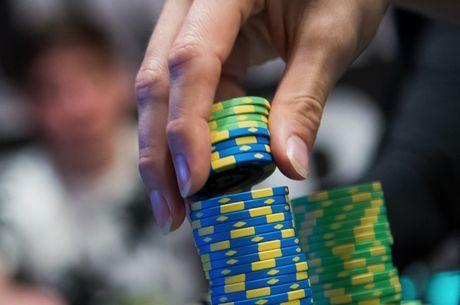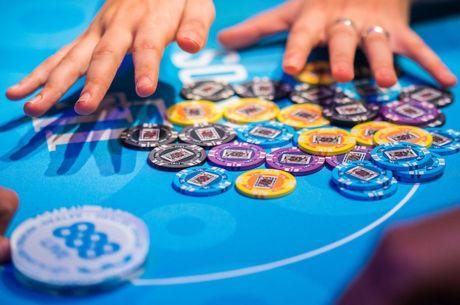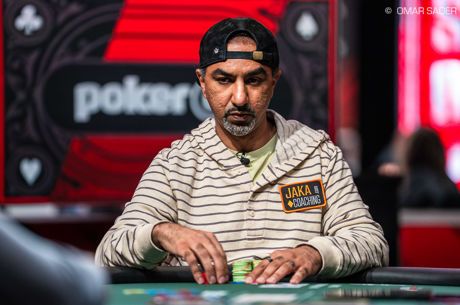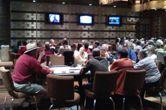Correct Continuation Bet Sizing Is a Function of the Preflop Caller's Range

I recently wrote an article where I studied the bet sizing used by the players in the final $100,000 buy-in Poker Masters tournament held last month at the ARIA Resort & Casino. I noticed that the players' bet sizing in this event was significantly different from the sizing typically used in the small stakes games I play.
A few of these bet sizes generated some healthy discussion among my group of poker friends, so I decided to write some follow up articles to discuss our subsequent thoughts. The first concept I want to revisit is is flop continuation bet sizing.
The main take away from the flop continuation betting I observed in the $100,000 Poker Masters is that the elite players tended to use smaller 20 to 33 percent pot bet sizing on "static" flops and larger 40 to 66 percent pot bet sizing on "dynamic" flops.
As explained by Ed Miller in his book The Course, a static flop is one that immediately gives the advantage to one player (discouraging further action), while a dynamic flop doesn��t necessarily swing the advantage one way or another (encouraging action). For more on static vs. dynamic flops, see ��Recognizing Different Flop Types in No-Limit Hold��em.��
With static flops, the weakest part of villain's range is extremely weak and can therefore be convinced to fold for a very small price. With dynamic flops, even the weakest parts of villain's range usually has some hope and so the bigger size is needed to convince him to let it go.
Andrew Brokos engaged me in a conversation about the initial article I wrote about the bet sizing in the Poker Masters. He made me realize that our flop continuation bet sizing should be a direct function of the villain's preflop calling range.
It is true that the villain's preflop calling range will miss more often on static flops, but he pointed out that this is even more true when the preflop range is wide such as in cases where the villain defends the big blind. The point that was missing from my previous analysis is that this is less true when the villain's preflop range is stronger such as in cases where he calls a raise on the button.
The example Andrew gave is say we open A?2? from the cutoff. If we get called by the big blind, it makes sense to continuation bet small on a static 8?8?4? flop. On the other hand, if our preflop open instead gets called by the button, simply check-folding this flop is likely correct.
In the first case, the big blind has a wide preflop calling range that misses this board so often that we can use a small size to fold out the weakest part of that range which should consist of hands like Kx10x-offsuit, for example.
In the second case, the button's preflop calling range is not likely to contain hands like Kx10x-offsuit. Compared to the big blind, his range should be more heavily weighted towards small-to-medium pocket pairs and suited connectors near the 8x that are unlikely to fold.
This means that we have less of a range advantage in this situation versus the button than we do when we get called by the big blind. For this reason, we are not allowed to continuation bet with impunity. Our continuation betting strategy should be more polarized which should result in us betting larger and less often with a range consisting of only value bets and semi-bluffs that can continue on future streets. All other hands should start with a check and plan to fold, call, raise, or decide on the turn after seeing what the preflop caller does.
While writing this article, I realized that the reason I missed this point initially in that I didn't see many of these out of position continuation bets when I watched the footage. Why didn't I? Because these players didn't make many of them! They all understood that they should be continuation betting less often against stronger, in-position preflop calling ranges. Kudos to Andrew for his ability to see the unseeable and bring it to my attention.
In the next article, I will discuss further thoughts we had on the river overbets that occurred during the $100,000 Poker Masters coverage.









